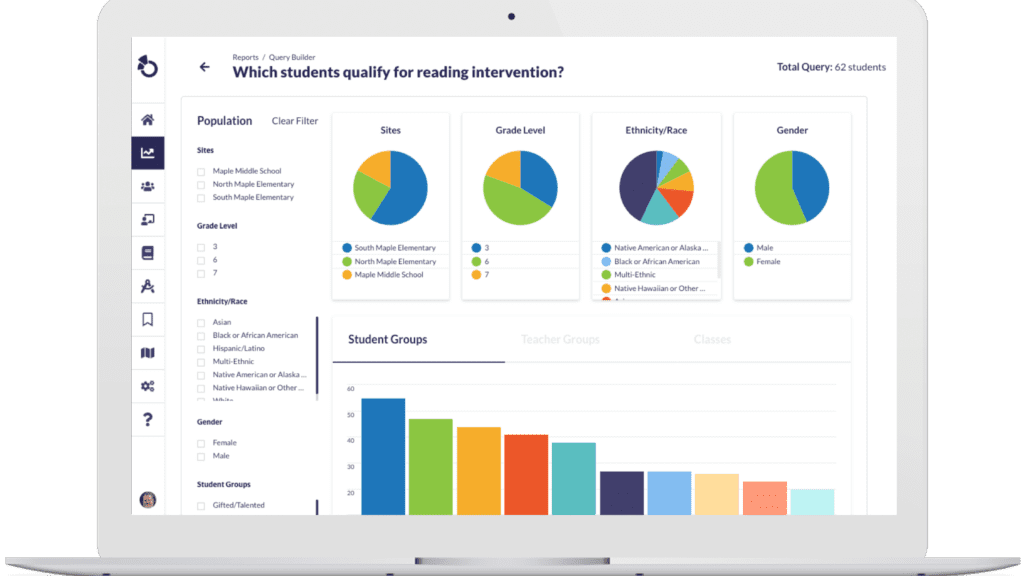Are Data Warehouses Failing K-12 Schools?
By: Keith Westman

While many companies have attempted to solve the massive data problem that exists in schools by providing a K-12 data warehouse, the reality is that traditional data warehouses very rarely move organizations forward.
3 Ways Traditional Data Warehouses Fail K-12 Schools
1. Data is coming from too many different sources
In the 90s and into the 2000s, it was relatively simple to organize school district data into a data warehouse. After all, there were really only 3-4 different sources of data that schools would analyze: local assessments, state assessments, attendance, and discipline records.
Today, data is constantly being generated in K-12 schools. Whether it’s teachers who use online tools for formative or summative assessments, texting students and families, tracking student behaviors and awarding points, logging communications with parents and colleagues, and more, data is being generated today more than has ever been before.
The traditional data warehouse was not built to gather all of these different types of data which makes the data warehouse itself less valuable for educators, which brings us to our next point.
2. Many teachers do not find data warehouses helpful
With each tool a teacher uses generating helpful data, data warehouses are competing with each of those different tools for the data analysis attention of a teacher. Teachers, as they should, will use their time analyzing the data that they feel will help them most. Usually, that data will be easy to understand and based on activities that occurred in their classroom (not on a state assessment that was given last year).
If a data warehouse doesn’t show the data that a teacher wants to use, it won’t get used as administrators may expect, which leads us to our final point.
3. Vendors rarely get along well with others
Although it makes perfect sense that K-12 vendors would want to share their data with other vendors that are used in your school district, this does not always happen. And, when an integration does exist between two different platforms, oftentimes the types of data that are shared does not meet your needs.
It's okay to disagree
In closing, a note to those who disagree with the premise of this blog post: if you have managed to wrangle all of your data into a platform that is useful for all of the stakeholders in your school system, congratulations! We recognize that there are many school systems who are leveraging traditional data warehouses to move the needle in their school systems.
Has your school system mastered the art of K-12 data management? We want to hear from you!
Obligatory Otus Commercial
Otus is a single platform that is a hybrid of three types of typically disconnected systems: learning and classroom management system, assessment management, and data warehousing.
By providing many different tools in one system that is pre-integrated, data seamlessly flows into our analytics tools so that educators are able to see academic, social-emotional, state and district assessments, and more data in one place without having to worry about several integrations.
Related Resources
Request a demo!
See exactly how Otus can help your school accelerate student growth and improve student outcomes – all while saving educators time.





